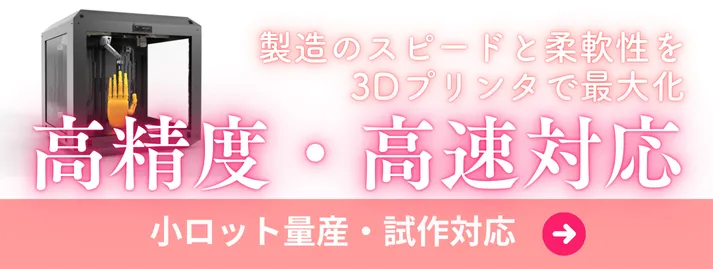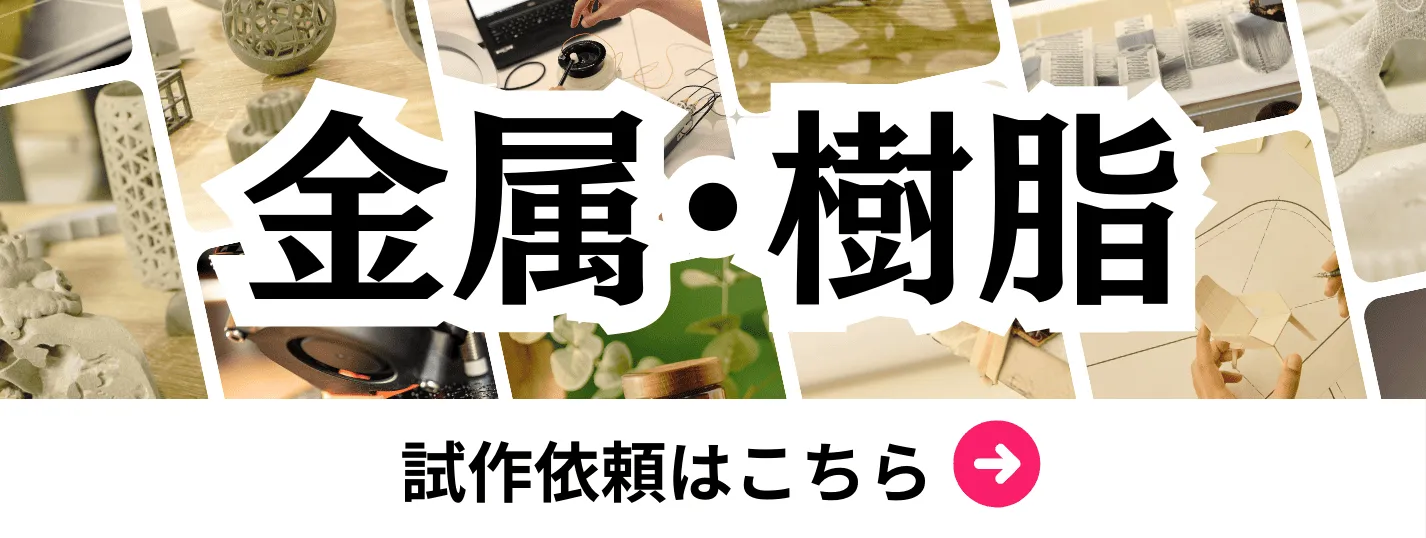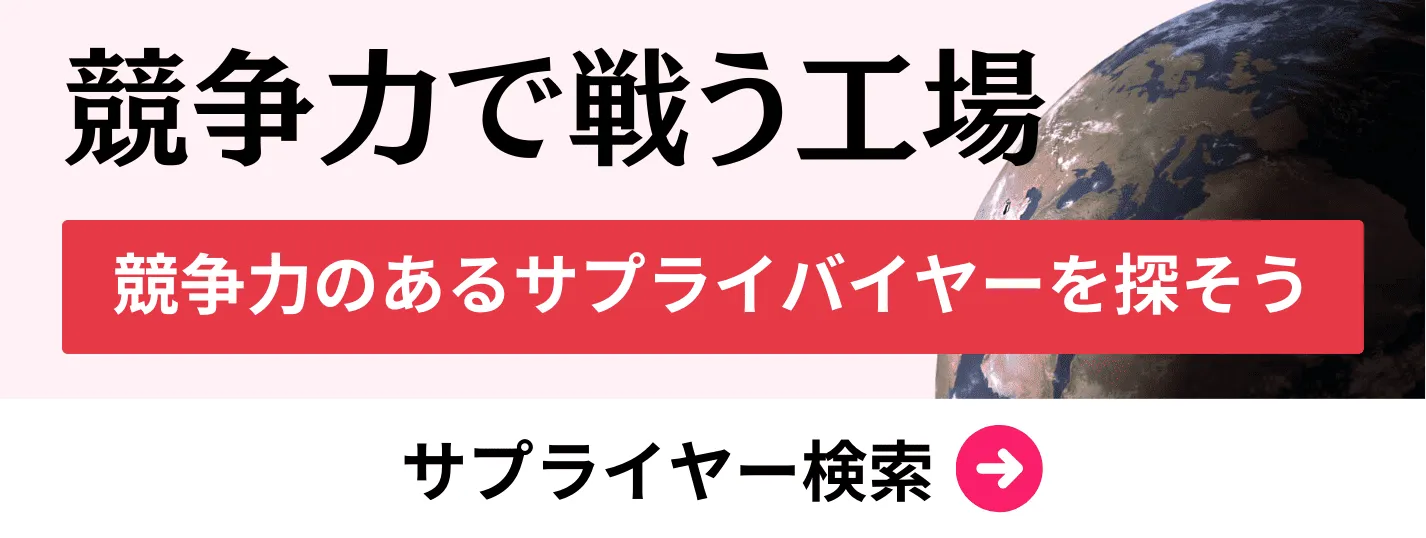- お役立ち記事
- “Unlocking Japanese Manufacturing Efficiency: The Power of Orthogonal Design”
月間76,176名の
製造業ご担当者様が閲覧しています*
*2025年3月31日現在のGoogle Analyticsのデータより

“Unlocking Japanese Manufacturing Efficiency: The Power of Orthogonal Design”

目次
Introduction to Japanese Manufacturing Efficiency
Japanese manufacturing has long been synonymous with high efficiency, precision, and innovation. Central to this reputation is the application of orthogonal design principles, a method that streamlines production processes, enhances quality, and fosters continuous improvement. Understanding the power of orthogonal design within the context of Japanese manufacturing provides valuable insights for international procurement and purchasing professionals aiming to optimize their operations.
The Fundamentals of Orthogonal Design
Orthogonal design is a systematic approach to experimentation and product development that emphasizes the independence of variables. By ensuring that changes in one factor do not influence others, orthogonal design allows for the clear identification of cause-and-effect relationships. This methodology is particularly effective in complex manufacturing environments, where multiple variables can impact the final product.
Key Principles
The core principles of orthogonal design include:
– **Independence of Variables:** Ensuring that each factor varies independently to isolate its effect.
– **Balanced Design:** Distributing experimental runs evenly across all levels of each factor.
– **Efficiency:** Maximizing the information gained from a minimal number of experiments.
Applications in Manufacturing
In manufacturing, orthogonal design is applied to optimize processes such as:
– **Product Development:** Streamlining the design process to develop products that meet quality standards efficiently.
– **Quality Control:** Identifying critical factors that influence product quality and implementing controls to maintain consistency.
– **Process Improvement:** Enhancing production workflows by systematically analyzing and adjusting key variables.
Advantages of Orthogonal Design in Japanese Manufacturing
Implementing orthogonal design within Japanese manufacturing offers numerous benefits that contribute to overall efficiency and competitiveness.
Enhanced Quality
By isolating and understanding the impact of each variable, manufacturers can achieve higher product quality. This precision ensures that products meet stringent standards and customer expectations consistently.
Cost Reduction
Orthogonal design minimizes waste by identifying the most effective process parameters. This optimization reduces material usage, lowers production costs, and improves profit margins.
Faster Development Cycles
The structured approach of orthogonal design accelerates the product development process. By efficiently testing and validating variables, companies can bring products to market more quickly.
Improved Decision-Making
Data-driven insights gained from orthogonal design empower managers to make informed decisions. This reduces reliance on guesswork and enhances strategic planning capabilities.
Challenges and Considerations
While orthogonal design offers significant advantages, there are challenges and considerations to address for successful implementation.
Complexity in Setup
Designing orthogonal experiments requires careful planning and a deep understanding of the factors involved. Missteps in setup can lead to inconclusive results and wasted resources.
Resource Intensive
Conducting multiple experiments can be resource-intensive, especially for smaller organizations. Adequate investment in time, personnel, and technology is essential to reap the benefits.
Cultural Adaptation
Integrating orthogonal design into existing manufacturing cultures may face resistance. It requires a shift towards data-driven practices and continuous improvement, which can be challenging for some teams.
Data Management
Managing the vast amounts of data generated from orthogonal experiments necessitates robust data management systems. Ensuring data accuracy and accessibility is critical for effective analysis.
Supplier Negotiation Techniques in the Japanese Context
Effective supplier negotiations are crucial for successful procurement and purchasing. Japanese suppliers often have distinct negotiation styles influenced by cultural norms and business practices.
Building Trust and Relationships
In Japan, fostering long-term relationships is paramount. Demonstrating reliability, respect, and commitment can lead to more favorable negotiation outcomes and stronger partnerships.
Emphasis on Consensus
Decision-making processes in Japanese businesses frequently involve consensus-building. Engaging multiple stakeholders and seeking collective agreement can facilitate smoother negotiations.
Patience and Persistence
Japanese negotiations often take longer as parties deliberate to reach mutually beneficial agreements. Patience and persistence are essential traits for negotiators to succeed in this environment.
Understanding Cultural Nuances
Respecting Japanese cultural norms, such as formality, humility, and indirect communication, can enhance negotiation effectiveness. Being aware of these nuances helps in building rapport and avoiding misunderstandings.
Market Conditions and Trends in Japanese Manufacturing
Staying informed about the current market conditions and trends is vital for effective procurement and purchasing strategies.
Technological Advancements
Japanese manufacturers are at the forefront of technological innovation, particularly in automation and robotics. Keeping abreast of these advancements can inform purchasing decisions and enhance competitiveness.
Supply Chain Resilience
Recent global disruptions have highlighted the importance of resilient supply chains. Japanese companies are increasingly adopting strategies to mitigate risks, such as diversifying suppliers and investing in local production capabilities.
Sustainability Initiatives
Environmental sustainability is a growing priority in Japanese manufacturing. Suppliers are focusing on eco-friendly practices, which can influence procurement choices and align with corporate sustainability goals.
Aging Workforce
Japan faces demographic challenges, including an aging workforce. This trend impacts labor availability and may drive manufacturers to invest more in automation and efficiency-enhancing technologies.
Best Practices for International Procurement from Japan
Implementing best practices ensures successful procurement and purchasing from Japanese suppliers, leveraging their manufacturing efficiency.
Thorough Supplier Evaluation
Conduct comprehensive assessments of potential suppliers, considering factors such as quality standards, financial stability, and production capabilities. This due diligence helps in selecting reliable partners.
Clear Communication
Establish clear and consistent communication channels. Utilize translation services if necessary to overcome language barriers and ensure mutual understanding of requirements and expectations.
Leveraging Local Expertise
Partnering with local experts or consultants can provide valuable insights into the Japanese market, cultural practices, and regulatory requirements, enhancing procurement effectiveness.
Implementing Continuous Improvement
Adopt a continuous improvement mindset, drawing from Japanese manufacturing philosophies like Kaizen. Regularly review and refine procurement processes to achieve ongoing enhancements.
Utilizing Technology
Invest in procurement technologies such as e-procurement platforms, supply chain management software, and data analytics tools. These technologies streamline operations and provide data-driven insights for better decision-making.
Case Studies: Success Stories in Orthogonal Design Implementation
Examining real-world examples of orthogonal design in Japanese manufacturing illustrates its impact on efficiency and quality.
Automotive Industry
A leading Japanese automotive manufacturer employed orthogonal design to optimize engine performance. By systematically testing various factors, they achieved significant improvements in fuel efficiency and emissions reduction, enhancing their market competitiveness.
Electronics Manufacturing
A prominent electronics company utilized orthogonal design to streamline its production process. This approach reduced defect rates and minimized waste, resulting in cost savings and higher customer satisfaction.
Consumer Goods
A Japanese consumer goods manufacturer applied orthogonal design in product development, enabling rapid prototyping and effective testing of new features. This led to faster time-to-market and a stronger product portfolio.
Strategies for Maximizing Benefits from Japanese Suppliers
To fully capitalize on the advantages offered by Japanese suppliers, implement the following strategies.
Establish Long-Term Partnerships
Focus on building enduring relationships with suppliers rather than short-term transactions. Long-term partnerships foster trust, collaboration, and mutual growth.
Invest in Supplier Development
Support suppliers in improving their processes and capabilities. Collaborative development initiatives can lead to enhanced quality, innovation, and efficiency.
Align Goals and Objectives
Ensure that the goals and objectives of both parties are aligned. Shared visions and compatible strategies facilitate smoother collaborations and successful outcomes.
Implement Joint Problem-Solving
Engage in joint problem-solving efforts to address challenges and optimize processes. This collaborative approach leverages the strengths of both parties and leads to more effective solutions.
Monitor and Evaluate Performance
Regularly monitor supplier performance through key performance indicators (KPIs). Continuous evaluation ensures that suppliers meet quality and efficiency standards, enabling timely interventions if necessary.
The Role of Technology in Enhancing Procurement Efficiency
Integrating advanced technologies can significantly improve procurement and purchasing operations when dealing with Japanese suppliers.
Digital Platforms
Utilize digital procurement platforms to streamline transactions, manage supplier information, and facilitate communication. These platforms enhance transparency and efficiency in the procurement process.
Data Analytics
Leverage data analytics to gain insights into supplier performance, market trends, and procurement patterns. Data-driven decisions lead to more effective strategies and better outcomes.
Automation Tools
Implement automation tools to handle repetitive tasks such as order processing, invoicing, and inventory management. Automation reduces errors, saves time, and allows staff to focus on strategic activities.
Artificial Intelligence
Incorporate artificial intelligence (AI) to predict demand, optimize inventory levels, and identify potential risks. AI-driven insights enhance planning and responsiveness in procurement operations.
Blockchain Technology
Explore blockchain technology for secure and transparent supply chain management. Blockchain can streamline transactions, improve traceability, and reduce fraud in procurement processes.
Conclusion
Unlocking Japanese manufacturing efficiency through the power of orthogonal design offers substantial benefits for international procurement and purchasing professionals. By embracing this systematic approach, companies can enhance quality, reduce costs, and accelerate product development. Navigating the challenges and leveraging best practices in supplier negotiation, market understanding, and technological integration further amplify these advantages. Building strong, long-term partnerships with Japanese suppliers, underpinned by trust and continuous improvement, ensures sustained success in the competitive global marketplace. As Japanese manufacturing continues to evolve, adopting orthogonal design and related strategies will be key to maintaining and enhancing efficiency and innovation.
 資料ダウンロード
資料ダウンロード
QCD管理受発注クラウド「newji」は、受発注部門で必要なQCD管理全てを備えた、現場特化型兼クラウド型の今世紀最高の受発注管理システムとなります。
 ユーザー登録
ユーザー登録
受発注業務の効率化だけでなく、システムを導入することで、コスト削減や製品・資材のステータス可視化のほか、属人化していた受発注情報の共有化による内部不正防止や統制にも役立ちます。
 NEWJI DX
NEWJI DX
製造業に特化したデジタルトランスフォーメーション(DX)の実現を目指す請負開発型のコンサルティングサービスです。AI、iPaaS、および先端の技術を駆使して、製造プロセスの効率化、業務効率化、チームワーク強化、コスト削減、品質向上を実現します。このサービスは、製造業の課題を深く理解し、それに対する最適なデジタルソリューションを提供することで、企業が持続的な成長とイノベーションを達成できるようサポートします。
 製造業ニュース解説
製造業ニュース解説
製造業、主に購買・調達部門にお勤めの方々に向けた情報を配信しております。
新任の方やベテランの方、管理職を対象とした幅広いコンテンツをご用意しております。
 お問い合わせ
お問い合わせ
コストダウンが利益に直結する術だと理解していても、なかなか前に進めることができない状況。そんな時は、newjiのコストダウン自動化機能で大きく利益貢献しよう!
(β版非公開)









